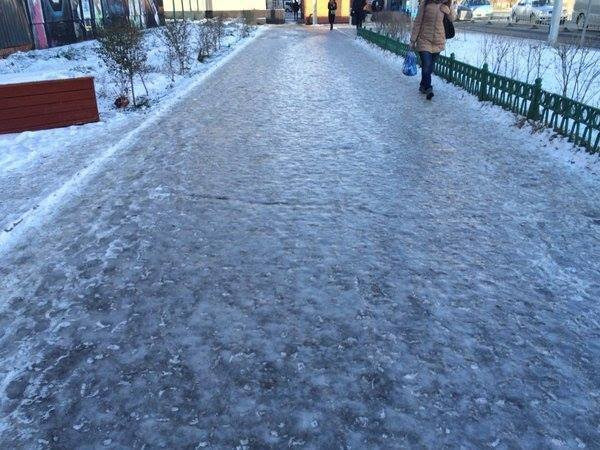
The World Meteorological Organization defines the long-term average (LTA) as the average of a specific climatic parameter calculated over the period from 1991 to 2020. For February, the monthly weather forecast for Mongolia includes predictions for average air temperature and total precipitation across four regions: the Western, Central, Eastern, and Gobi regions.
In the Western region, encompassing provinces such as Bayan-Ulgii, Khovd, and Govi-Altai, the average temperature and precipitation are expected to align closely with LTA. A slight warming trend is anticipated at the start of the month, although colder-than-average conditions, with temperatures one to three celsius below LTA, are likely during the end of the first ten days, the start of the second ten days, and the middle of the third ten days. For the rest of the month, temperatures should hover near or slightly above the average, with light snowfall and windy conditions expected in some areas.
In the Central region, which includes provinces such as Arkhangai, Khuvsgul, and Uvurkhangai, the forecast also suggests average temperatures and precipitation near LTA. The early part of February is predicted to bring particularly cold and frigid weather. Similar to the Western Region, colder-than-average temperatures may prevail during the latter part of the first ten days, the beginning of the second ten days, and the middle of the third ten days. For the remainder of the month, temperatures are likely to stay around or slightly above the average, with light snowfall and occasional windy conditions expected, especially in the early and late parts of the first ten days and towards the end of the month.
The Eastern region, which includes Khentii, Dornod, and Sukhbaatar provinces, is predicted to experience warmer-than-average conditions overall, with precipitation near LTA in most areas, although slightly above average in the southern parts. The start of February is expected to be cold and frigid, with temperatures dropping two to five celsius below LTA during the early part of the second ten days and the middle of the third ten days. However, during the rest of the month, temperatures are forecasted to remain near or slightly above LTA. Snowfall and windy conditions, including potential snowstorms, may occur during the early and middle periods of the month.
In the Gobi region, which includes provinces such as Dundgovi, Dornogovi, and Umnugovi, the average temperature is expected to remain above LTA, with precipitation near the average in most areas but slightly above average in parts of Dornogovi and Umnugovi. Temperatures may fall one to three celsius below LTA during the middle and late periods of the first ten days, the start of the second ten days, and the middle of the third ten days. For the rest of the month, conditions are expected to remain near or slightly above the average. Light snowfall, along with strong winds and potential dust storms, is anticipated during the early and late parts of the first ten days, as well as in the middle and late periods of the third ten days.
The forecast highlights that cold and frigid conditions are likely to persist in the eastern half of the country during the early part of February. Colder-than-average temperatures are expected during the latter part of the first ten days, the start of the second ten days, and the middle of the third ten days across most regions. For the rest of the month, temperatures are likely to remain near or slightly above the average. Snowfall, accompanied by strong winds and potential snow or dust storms, is predicted during these colder periods.
Given these conditions, residents traveling long distances are advised to stay informed by regularly consulting short-term weather forecasts. In the Western region, where many areas are experiencing severe zud, herders are encouraged to ensure an adequate supply of hay and fodder. Meanwhile, in the Eastern region, the lack of sufficient snow cover has left the soil dry and moisture levels low, which could exacerbate challenges during windy conditions.